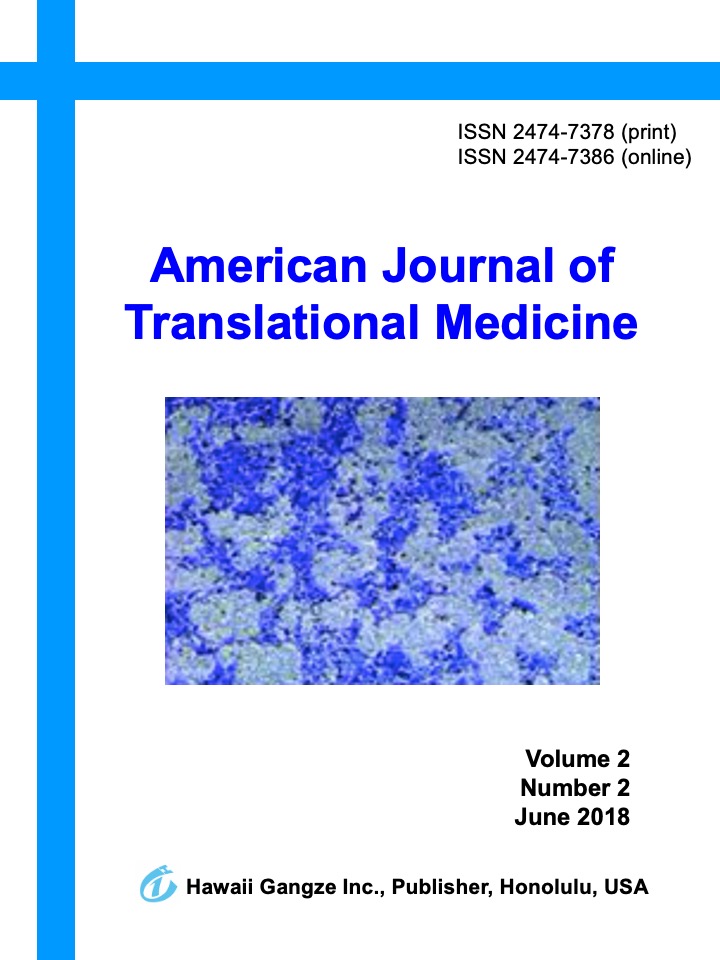Abstract
Purpose: To determine whether serum levels of sex hormone-binding globulin (SHBG) and bioavailable testosterone (Bio-T) are associated with symptomatic late-onset hypogonadism (SLOH) complicated with erectile dysfunction (ED) in the aging male population of eastern China. Methods: The study population comprised 2,588 men (age range, 40–80 years) with a mean age of 57.95 years. The Aging Males’ Symptoms (AMS) scale and International Index of Erectile Function (IIEF) questionnaires were used to assess SLOH and erectile function (EF) at the beginning of the investigation. The following serum reproductive hormone levels were measured: total testosterone (TT), free testosterone (FT), SHBG, and luteinizing hormone (LH). The serum level of Bio-T was calculated from the known values of TT, SHBG, and serum albumin. All men completed a health questionnaire and received a detailed physical examination. Results: SLOH (AMS≥27) was observed in 930 (35.94%) males, 812 (87.31%) of whom had ED. There were 739 males without SLOH or ED. Pearson correlation analysis indicated significant correlations between serum SHBG and both AMS score (r=0.152, P<0.0001) and IIEF score (r=-0.303, P<0.0001). Additional significant correlations were found between serum Bio-T and both AMS score (r=-0.247, P<0.0001) and IIEF score (r=0.215, P<0.0001), but no significant correlations were observed between TT and either AMS or age. Conclusions: Our study demonstrates that SHBG and Bio-T are clearly associated with SLOH and ED. (Am J Transl Med 2018. 2:59-67)

